LOOKING FOR SOMETHING?
- Visit Jeju Search results
- External Search results
Cultural Sites Search results
검색 메뉴Search results 3Item
MapSearch results 65Item
Tourist SitesSearch results 65Item

Baeryeong Signaling Site
A Joseon-era Site at Geumneung-ri, Hallim-eup
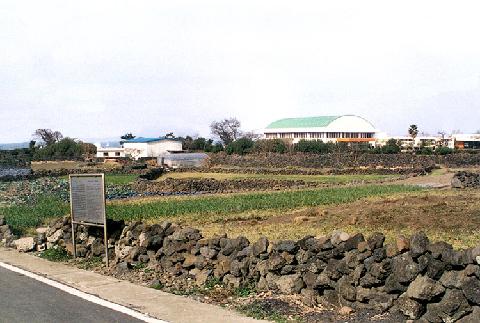
Gwakji Seashell Mound
Artifacts From the Bronze Age to the Proto Three Kingdoms Period

Suwolimot Pond
A Pond That Was Created by Digging Deeply in the House of Korean Geisha Suwol

Bongsudae Beacon Tower
Historical Sites of a Signalling Tower
RestaurantsSearch results 0Item
- 'Cultural Sites'No results found for
LodgingsSearch results 0Item
- 'Cultural Sites'No results found for
ShoppingSearch results 0Item
- 'Cultural Sites'No results found for
Theme travelSearch results 37Item
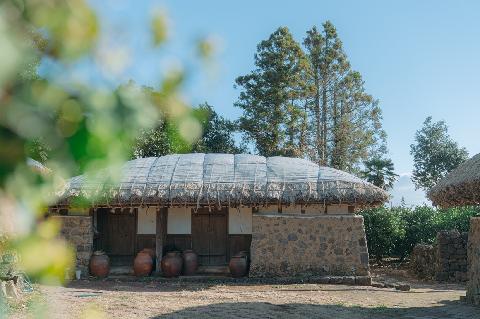
Housing Culture of Jeju Island
A human being’s residence is a place of comfort and refuge from the harsh world. The bleak conditions that Jeju people had to endure - violent winds, a barren environment, stagnant cultural advancement - inevitably led to burdens.
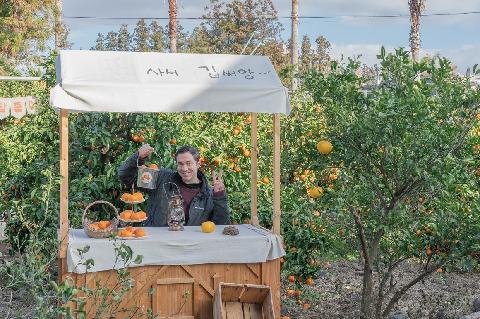
Where did Jeju Island’s tangerines come from?
On Jeju Island, tangerines and Mandarin oranges (called mangam in Korean) emerge each month in slightly different flavors and shapes. The best native varieties are selected and then crossbred with one another to create a higher-quality strain—this never-ending cycle of crossbreeding and improvement produces dozens of types of tangerines. Tangerines are believed to have arrived in Jeju Island during the Three Kingdoms Period. Indeed, the tangerines that we enjoy today may very well be the result of many different flavors and textures that have been cultivated and crossbred for centuries. Jeju tangerines are the embodiment of the island’s centuries of history as well as its unlimited potential.
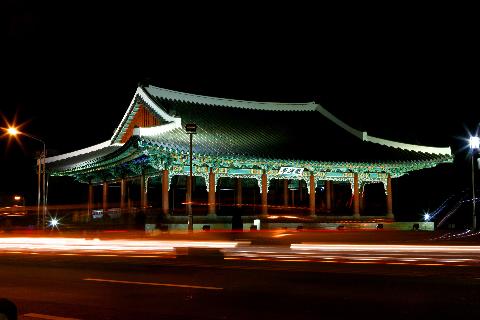
Tracing the path of history and culture (A trip to Jeju’s original downtown)
If you want to feel the breath of Jeju’s history and culture in this original downtown area, here is a list of places, from the Jeju-mok Government Office to Ohyeodan Altar, that deserve a visit.
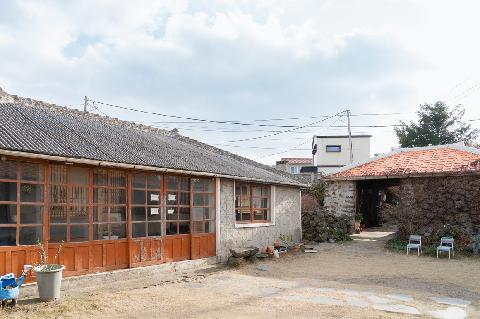
Exploring Jeju's Traditional House
Jeju is overflowing with cafes, restaurants, and accommodations renovated from old houses. The frameworks are similar, but every one of their clothes of different colors and shapes catch the eye. The most preferred old houses are Jeju's traditional houses. It is a composition where the Angeori (inner quarter, Ankeri) and the Bakgeori (outer quarter, Bakeri) are facing each other and the elderly couple lived in the Angeori, and their married children lived in the Bakgeori. On land, the space was divided by genders, but in Jeju, nuclear family in which family members lived together but maintained an independent lifestyle were melted into the space. Let's meet Jeju's traditional houses that have diverse variations from traditional Jeju houses to modern stone-walled houses with slate roofs.
Festivals/EventsSearch results 2Item

2019 Intercultural Festival 'With Us!'
2019 Intercultural Festival at Jejumok-Gwana Government Office
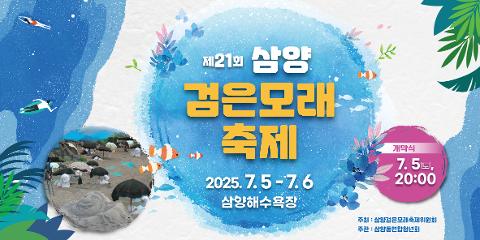
Samyang Black Sand Beach Festival
Chasing Away the Summer Heat with a Beach FestivalTo promote Samyang’s black sand, the Samyang Black Sand Beach Festival has been held just in time for the summer holidays since 2002. The festival offers sand bathing, beach soccer for children, beach sand sculpture exhibition, and a spring water gun fight along with ocean experience programs such as scuba diving, windsurfing, sea bathing, and deep-sea fishing. The festival features performing arts events organized by the local residents.
EtcSearch results 0Item
- 'Cultural Sites'No results found for
PhotographySearch results 0Item
- 'Cultural Sites'No results found for